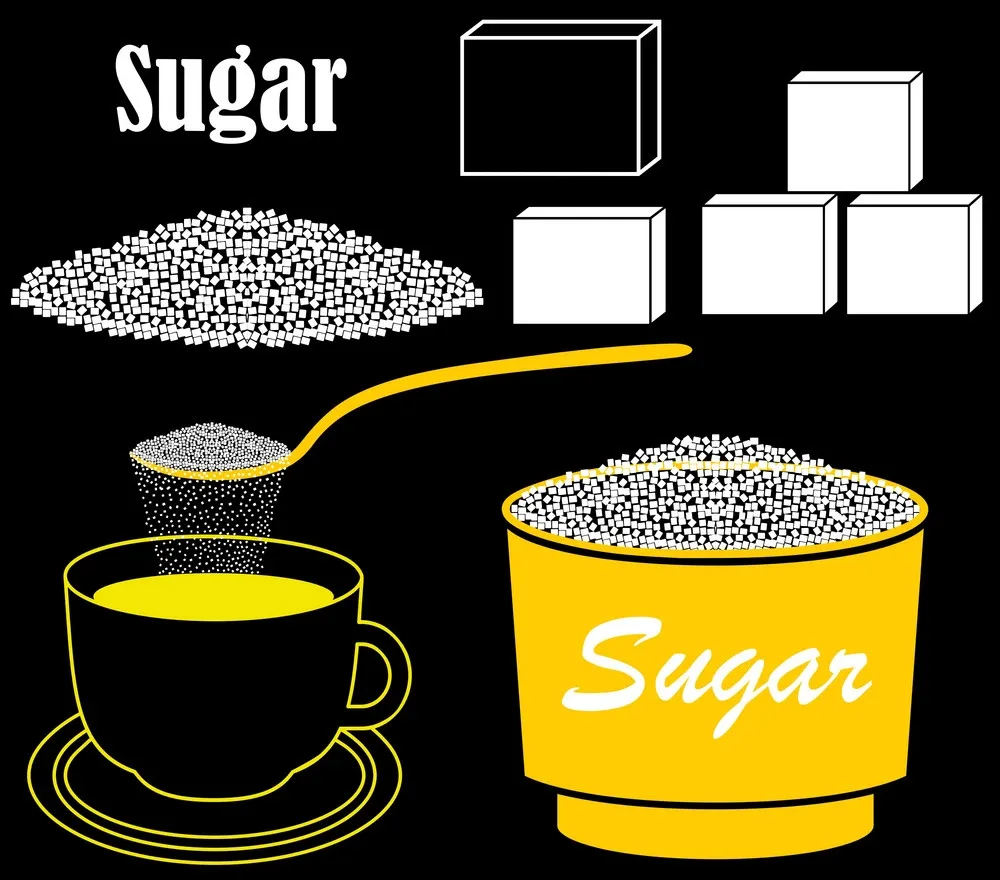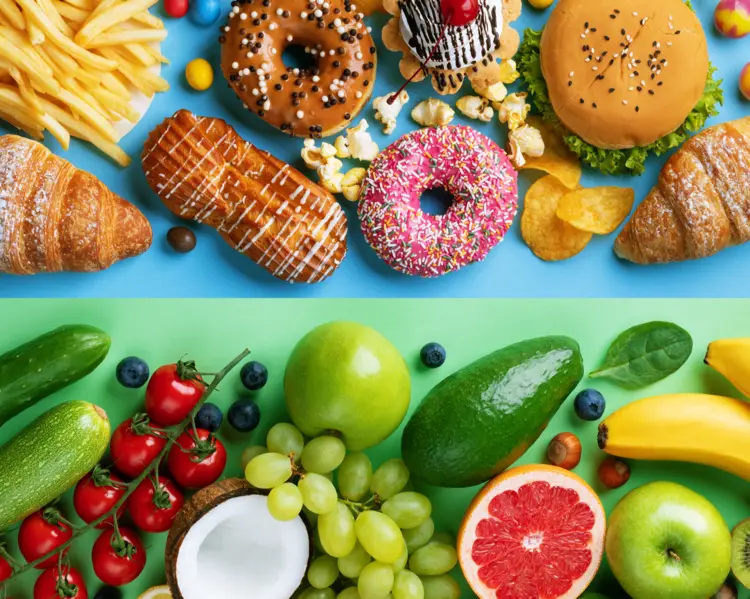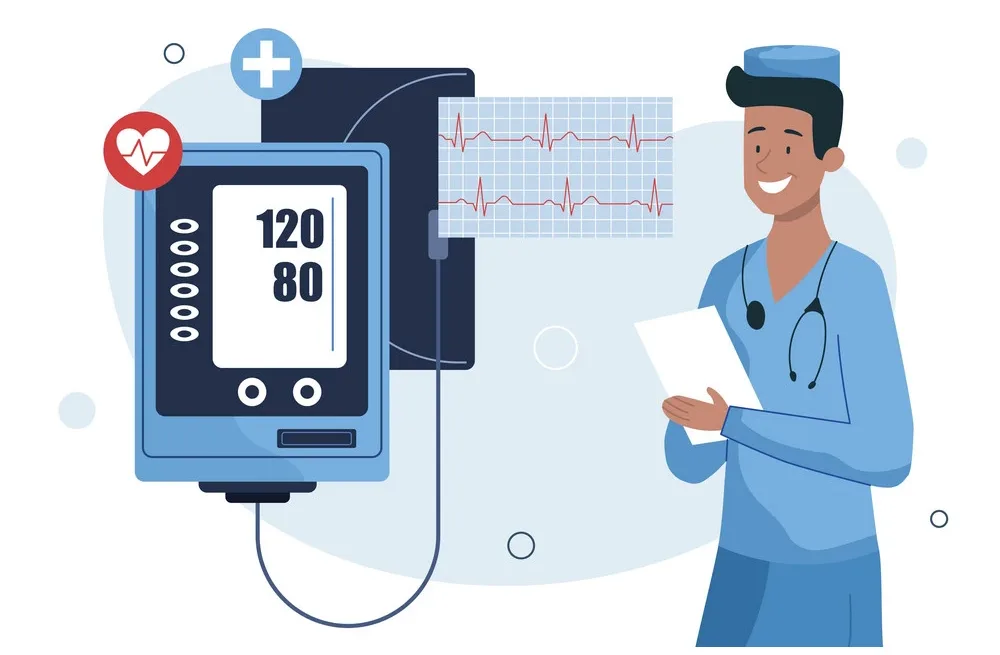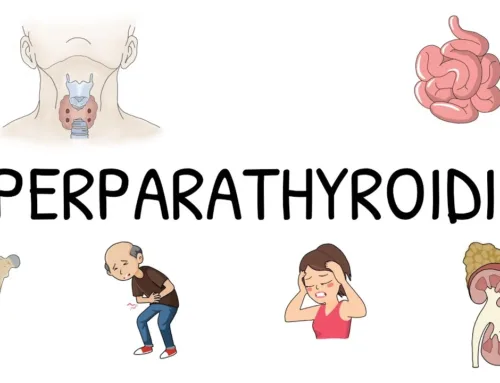You must be reading this article because you want knowledge about losing weight and quickly lowering your blood pressure. If so, good on you! We will walk you through exactly what you need to do. This is a great first step in the right direction.
Will losing weight help lower your blood pressure?
Yes, losing weight can help lower your blood pressure. Losing weight is the most common way people reduce their blood pressure—and it’s a great option for those with high blood pressure. The weight you need to lose is different for everyone, but you can use the following points as a guide:
- If you weigh less than 130 pounds, aim to lose 2-3 pounds per month by making healthy changes to your diet and lifestyle.
- Those who weigh between 130 and 159 pounds plan on losing 4-6 pounds in that same period.
- If you weigh between 160 and 200 pounds, aim for 7-9 pounds. If your BMI is 25 or higher, you’ll need to lose 10% of your current weight to lower your blood pressure.
Simple Ways To Lower High Blood Pressure And Lose Weight
1. Avoid Added Sugar

We all know that sugar is not good for you, but it’s important to note that “added” sugar is even worse than the naturally occurring sugars in fruits and vegetables. Sugar is addictive and can lead to weight gain. In addition to being harmful on its own merits, sugar also makes other unhealthy foods more appealing by increasing your desire for them via a process called hedonic adaptation.
Sugar is added to almost everything we eat (or drink). If you’re trying not to eat too much sugar and want an easy way out of the cycle of cravings, try eliminating all foods with added sugars from your diet for two weeks and see how much better it feels! You’ll find yourself eating fewer sugary foods as they will no longer be appealing once they’re off your radar—making it easier to stay healthy without feeling hungry all the time!
2. Sneak in More Vegetables

If you need to eat more vegetables, try to sneak more into your diet. As a general rule, aim for two servings of vegetables per day—one serving is about one cup.
When it comes to eating vegetables, variety is key. Try different types of vegetables and colors each week and experiment with cooking methods (baking, grilling, steaming).
Eating fresh salads is one of the best ways to get your vegetables. Not only are fresh salads easy to make, but they also provide an opportunity for you to experiment with different vegetables and flavors. Try adding nuts or seeds for extra nutrients and some fruit if desired.
3. Exercise Regularly

Exercising regularly can help you lose weight and lower your blood pressure.
- Exercise is good for your heart. It helps to maintain a healthy weight, which reduces the risk of high blood pressure.
- A regular exercise routine can help you sleep better at night by improving your overall health. Exercise increases endorphins, the body’s natural pain relievers and mood enhancers, which improve sleep quality by lowering stress levels and calming anxiety or depression.
- Exercising regularly has also been shown to decrease insulin resistance levels in people who are obese or overweight. Increasing muscle mass through regular exercise sessions that burn calories, such as yoga or weightlifting exercises like squats, etc., improves insulin sensitivity due to lower amounts required per mealtime since less body fat content requires it.
- Physical activity also improves overall health by reducing the risk of premature death, heart disease, and diabetes. It can help people who have depression or anxiety feel better and sleep better too.
- In addition, aerobic exercise helps to maintain a healthy weight by burning calories, which helps prevent weight gain. Aerobic exercise also helps lower blood pressure and cholesterol levels, reducing the risk of developing heart disease.
- It also reduces stress and anxiety, improves mood and self-esteem, and increases energy levels.
4. Smile Often

Be sure to smile often. Research shows that smiling can help you relax, improve your mood and make you feel better. A happy face will also increase your confidence, which can help motivate you to stick with your diet plan and exercise regularly.
Smiling more often in day-to-day life can lead to other positive behavioral changes as well—for example, it could spark conversations with others on the train or in line at the grocery store, where they may offer advice or give compliments about how great you look!
Smiling is a great way to boost your mood and feel happier about yourself, but it can also help improve your overall health. People who smile more often are less likely to develop high blood pressure and heart disease later in life.
5. Reduce Alcohol Consumption

Alcohol is a notorious blood pressure “spiker” and most difficult to eliminate from our diets. But if you’re serious about lowering your BP, alcohol has got to go—and if it doesn’t go right away, it needs to come down dramatically at least. The best method to do this is by eliminating alcoholic drinks and replacing them with something else entirely: water! Water can be flavored or infused with fruits or vegetables for variety and taste; most importantly, it won’t raise your blood pressure like alcohol will (and then drop just as quickly after).
Another alternative is herbal tea. There are many great herbs for lowering BP naturally, including rosemary and ginger root—but again, these are all things that work best when combined with regular exercise and proper dieting habits.
6. Eat More Whole Foods/Less Processed Foods

The next step to losing weight and lowering your blood pressure is to eat more whole foods and fewer processed foods. Whole foods are unprocessed or processed in a way that doesn’t change the nutritional content of the food, like fruits and vegetables, whole grains, beans, and legumes. Processed foods, on the other hand, include things like margarine spreads instead of butter; instant rice instead of regular rice; frozen dinners with lots of sodium (salt) added; cookies that are made with white flour or have hydrogenated fats added; sugary sodas loaded with caffeine; sugary breakfast cereals made from refined grains which have had all their nutrients stripped away by processing methods.
7. Get Help from Experts

It’s important to seek professional help with your weight loss goals. A doctor can help you determine the best diet for you and suggest lifestyle changes that will last. Also, medical professionals can connect you with a trainer or nutritionist if you need extra support to get healthy.
There are many ways of obtaining professional assistance in losing weight and lowering blood pressure:
- Joining a gym
- Getting acupuncture treatments
- Consulting with a doctor about low-sodium foods
Conclusion
It might be time for a professional if you’ve tried everything to lose weight but still can’t get it off. A doctor or nutritionist can help you create a personalized plan that will work for your body type and goals. They’ll also track how many calories you’re taking in so that they know when it’s time to start increasing portions/calories, which makes things easier than doing it alone!





[…] Do you know How to lose weight and lower my blood pressure quickly? […]